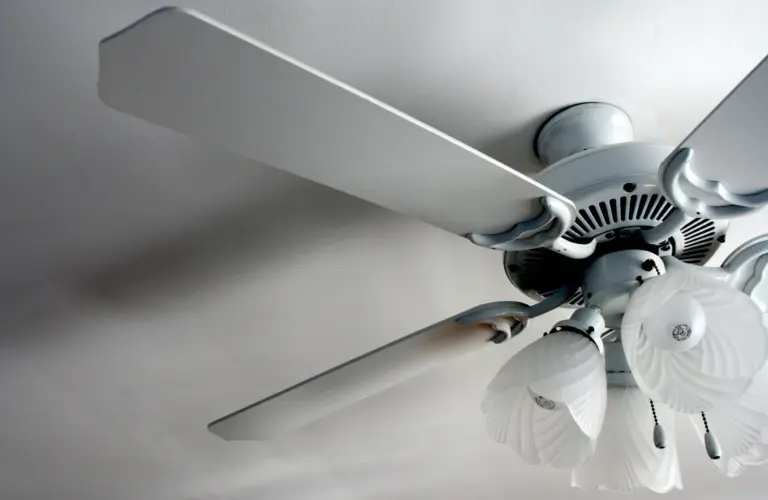Satellite internet has become a lifeline for rural and remote areas where traditional broadband services are unavailable. Services like Starlink, HughesNet, and Viasat are connecting the world, but slow satellite internet remains a frustrating issue for many users. Whether it’s buffering videos, sluggish downloads, or high latency, slow internet can turn daily tasks into frustrating experiences. In this article, we’ll explore the common causes of slow satellite internet, how to troubleshoot these issues, and why Starlink could be the game-changer for fast, reliable satellite internet service.
Common Causes of Slow Satellite Internet
1. Network Congestion
One of the leading causes of slow satellite internet is network congestion. This happens when too many users are online simultaneously, causing the network to slow down due to limited bandwidth.
Peak Hours
Evenings, when users are streaming, gaming, and browsing, are peak times for internet usage. This overload on the network can result in slower speeds.
- Solution: Schedule bandwidth-heavy tasks (like streaming or large file downloads) for off-peak hours—early morning or late at night for better speeds.
2. Weather Interference
Weather plays a significant role in satellite internet performance. Satellite signals must travel through the atmosphere, which can be affected by rain, snow, thick clouds, and heavy winds.
- Solution: Ensure your satellite dish is free from snow or debris to maintain a strong signal. Cleaning the dish regularly can prevent slowdowns caused by weather buildup.
3. Obstructions and Dish Misalignment
Satellite internet requires a clear line of sight between the dish and the satellite. Obstructions like trees, buildings, or mountains can weaken or block the signal, leading to slower speeds.
- Solution: Make sure your dish is installed in an open area with a clear view of the sky. Professional services like Starlink Installation Pros can optimize your dish placement to avoid any obstructions.
4. Latency and Long Distances
Latency refers to the delay between an action and the system’s response, which is a common issue with satellite internet. Signals must travel vast distances from the ground to the satellite and back, which increases latency, especially for real-time applications like video calls and gaming.
- Solution: While latency can’t be completely eliminated, you can reduce its impact by using wired Ethernet connections and limiting unnecessary background processes.
5. Data Caps and Throttling
Many satellite providers impose data caps on their plans. Once a user surpasses their monthly data allowance, the provider may throttle the connection, reducing speeds.
- Solution: Keep track of your data usage to avoid hitting your limit. Unlike other providers, Starlink offers plans without traditional data caps, making it an appealing option for users who require more data.
How to Improve Slow Satellite Internet
1. Optimize Your Satellite Dish Placement
Proper dish alignment is critical to avoid slow internet speeds. Your dish needs to face the satellite with no obstructions. Services like Starlink Installation Pros offer custom mounting solutions to ensure optimal placement, whether on a rooftop, pole, or other elevated structure.
2. Upgrade Your Equipment
Outdated modems and routers can contribute to slow speeds. Upgrading to the latest hardware, especially routers that support modern Wi-Fi standards, can make a noticeable difference. Starlink provides high-quality equipment, but regular checks for updates and hardware issues are important.
3. Use a Wired Connection
Wi-Fi can introduce additional latency and reduce speeds. Using an Ethernet connection can give you a more stable and faster connection, especially for high-bandwidth tasks like video conferencing and gaming.
4. Manage Your Bandwidth
Limit the number of devices connected to your network simultaneously. Streaming, gaming, and downloads can use significant bandwidth, slowing other devices. Use your router’s Quality of Service (QoS) settings to prioritize important tasks, ensuring better performance.
5. Consider Starlink for Faster Speeds
If your current provider’s speeds aren’t meeting your needs, Starlink could be a viable alternative. By utilizing low-Earth orbit (LEO) satellites, Starlink reduces latency and offers download speeds that can exceed 150 Mbps, much faster than traditional satellite internet.
Starlink: A Game-Changer for Satellite Internet
Starlink has quickly become a leading name in satellite internet, offering faster speeds and lower latency than traditional providers. Here’s why Starlink stands out:
Low-Earth Orbit Satellites
Traditional satellite providers like HughesNet and Viasat rely on geostationary satellites positioned 22,000 miles above Earth, causing high latency. In contrast, Starlink uses satellites in low-Earth orbit (LEO)—about 340 miles from Earth—greatly reducing latency.
Speed and Performance
Starlink offers speeds ranging from 50 Mbps to 200 Mbps, far exceeding the typical 25 Mbps speeds offered by most traditional providers. This makes Starlink ideal for users in remote areas who need fast, reliable internet.
Installation by Starlink Installation Pros
Starlink provides a DIY installation kit, but for optimal performance, consider hiring Starlink Installation Pros. They ensure your dish is mounted in the best location for maximum signal strength, avoiding obstructions and potential weather interference.
FAQs About Slow Satellite Internet
1. Why is my satellite internet slow at night?
Satellite internet often slows during the evening due to network congestion when many users are online. This peak usage time leads to slower speeds.
2. How does weather affect satellite internet?
Weather conditions like rain, snow, and cloud cover can disrupt satellite signals, resulting in slower speeds or temporary outages. Keeping your dish clean can help maintain a stable connection.
3. Can Starlink provide faster speeds than traditional satellite internet?
Yes, Starlink offers faster speeds (up to 200 Mbps) and lower latency than traditional satellite services, which typically top out around 25 Mbps.
4. How do I stop satellite internet throttling?
Monitor your data usage to avoid exceeding your data cap, which can lead to throttling. Starlink does not impose traditional data caps, making it a better choice for high data users.
5. Is Starlink installation difficult?
While Starlink comes with a DIY installation kit, professional services like Starlink Installation Pros can ensure your dish is installed in the optimal location for the best possible performance.
In conclusion, slow satellite internet can result from a variety of factors like network congestion, weather interference, or data caps. By understanding these issues and optimizing your equipment and installation, you can improve your internet performance. Starlink, with its faster speeds and lower latency, is an excellent option for those looking for a more reliable satellite internet service, and professional installation services like Starlink Installation Pros can help maximize its potential.


